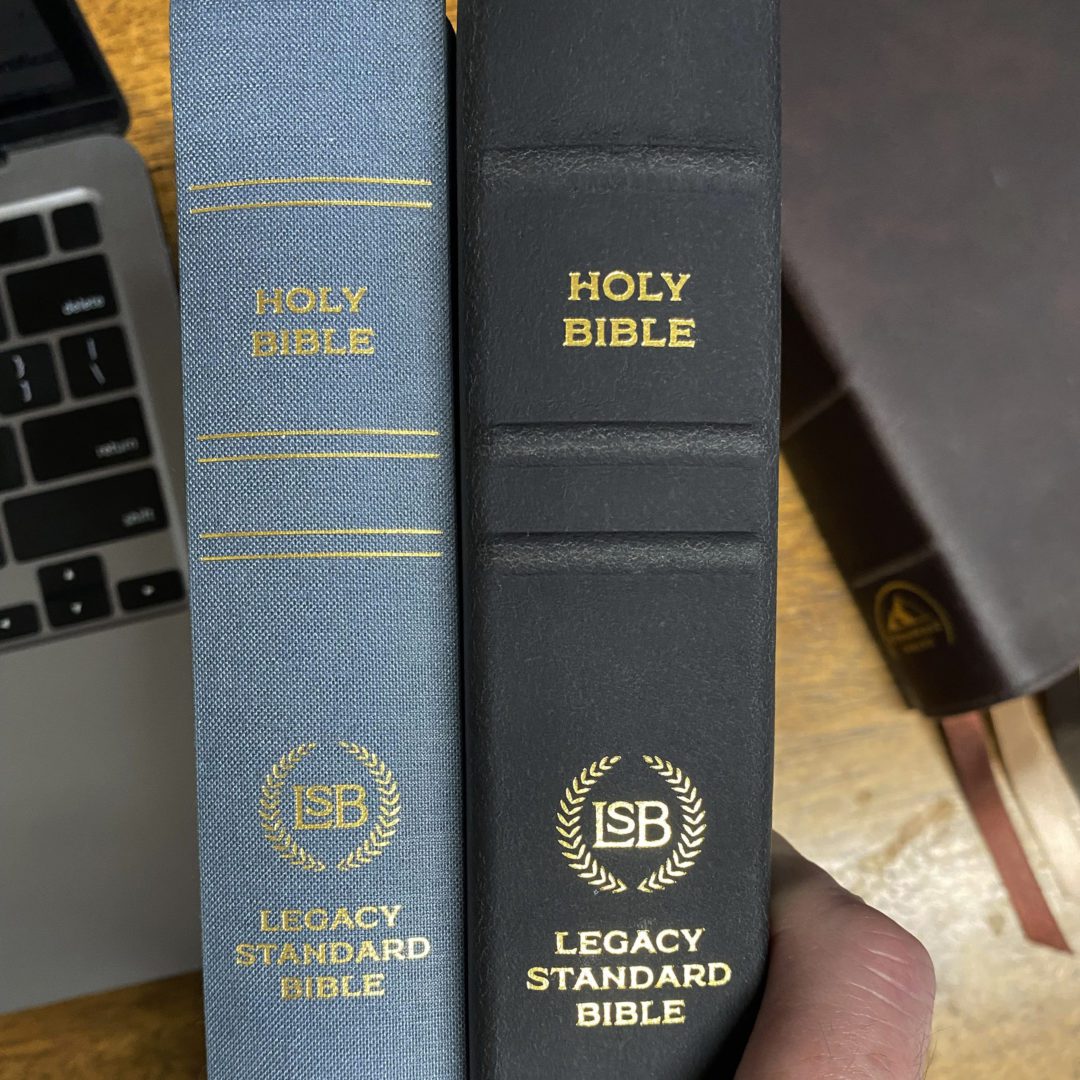We at 316 Publishing are blessed to have the support of the translators in pointing out what it is that makes the LSB such a unique translation. Recently, Dr. Abner Chou, Interim President of the Master’s University, interacted with the Facebook Legacy Standard Bible Fan Group with a couple of posts that we would like to share with all of our readers.
Dr. Chou writes:
This morning I was studying for Sunday and was in Hosea 6:1-3. There it talks about God raising up His people on the third day, an allusion to the resurrection (especially in light of Hos 13:14). I was trying to show the language of “raising up” in the OT can often be used for the resurrection. In fact, there are a series of texts that use the terms “awake,” “rise up,” and “dust” to talk about resurrection. Daniel 12:2 talks about those who sleep in dust will awake in resurrection. Isaiah 26:19 talks about the dead will live, corpses will rise, and you who lie in dust will awake. Again this is about resurrection. But a very clear example is in Job. It deals with Job’s hope in Job 19. We are familiar with the context. Job longs for the resurrection that even after his skin is destroyed he shall behold God. Within this, the Hebrew says our Redeemer lives and will rise up over the dust to resurrect man (Job 19:25). But most translations say something like: “He will take His stand over the earth” (NASB, ESV, NIV, NET, NRSV, LEB, KJV).
But what does the LSB do?:
And at the last He will rise up over the dust of this world.
Because LSB is so consistent, it stitches together an entire theology of resurrection that spans from the early book of Job to Isaiah, Daniel, and Hosea.
That is part of what we talk about when we speak of consistency. Identical translations of terms or phrases allows the reader to make connections and teachers to point them out easily.
Later he added:
I gave an earlier example about consistency concerning the resurrection in class the other day. A question came up concerning Dan 12:2 which talks about people being raised to everlasting shame and contempt. A student wondered if this is part of the OT’s discussion on hell. And once again, the LSB’s consistency shows a somber biblical thread.
The ending of Isaiah may be familiar to us. It talks about how the worm will never die and the fire never quenched (Isa 66:24). Our Lord later uses these phrases to talk about hell (Mark 9:42). But the last phrase is important for this discussion. In a lot of translations it may say something like “and they will be an abhorrence to all mankind.” But LSB reads, “they will be an object of contempt to all mankind.” The word contempt in Isaiah 66 is the same as Dan 12:2. In fact, these are the only two times the Hebrew word occurs in the OT, and the consistency of translation helps us make the connection between the two passages. Eternal punishment is not something that is just found in the NT but extends from OT to NT, from Isaiah to Daniel to Jesus, even signified by some unique vocabulary. The Scripture builds upon itself in establishing this doctrine as well.
It is this kind of consistency that we hope helps all students of the Bible come to a better understanding of the Word and what God wants us to understand!
These articles were originally posted on Facebook, in the LSB Fan Group.








